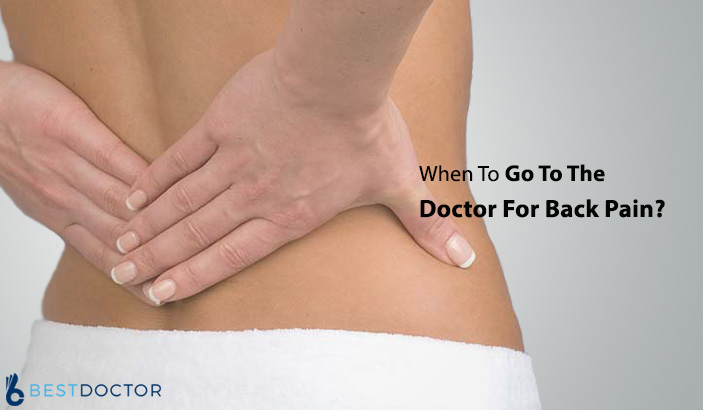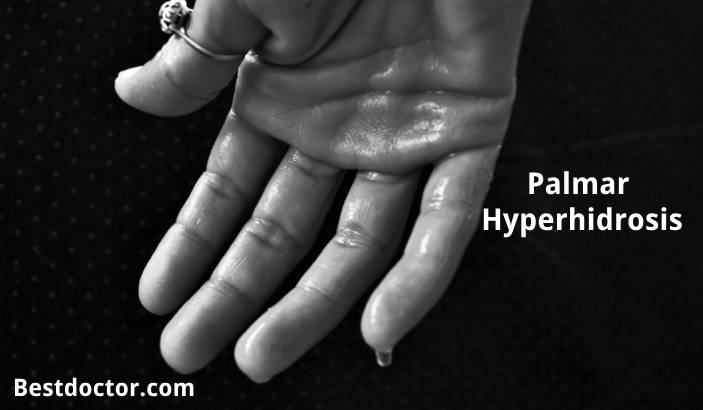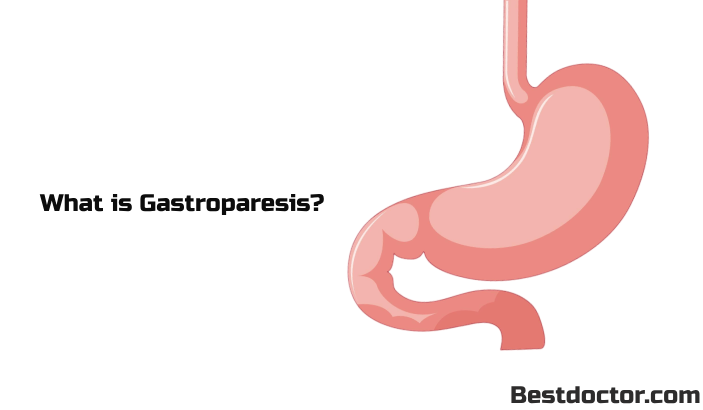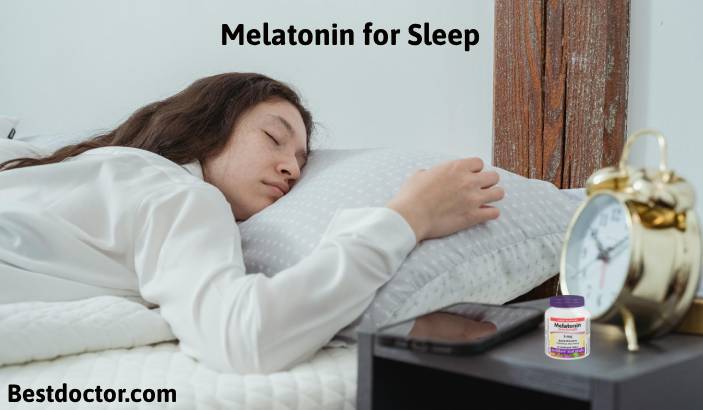Each one of us has experienced back pain at some point in our lives. It is one of the most common complaints seen at out-patient or hospital settings. Back pain has an enormous impact on the population. Back pain may be acute or chronic. It may occur in a single episode. However, about 55-90% patients report of remission of back pain after 1 year.
It is the leading cause of restricted mobility, permanent disability and work absences in various parts of the world. Back pain subsequently has a significant impact on the quality of life of patients.
According to studies, low back pain is commonly seen among people in the third decade of life. Prevalence increases with age and gradually subsides after the age of 60-65 years. Studies report an estimated 50% of adults worldwide experience back pain.
Among the Indian population, people belonging to low socio-economic groups are required to undergo heavy physical work. This increases the risk of having back pain and disability. This article will help you understand why you may be having back pain, risk factors and when to go to the doctor for back pain.
Environmental and hereditary factors influence the development of back pain. People at higher risk of having back pain are
- Gender – females are more affected than males
- Previous history of spine problems
- The family history of spine problems
- Socio-economic factors
- Stress
- Cigarette smoking and alcoholism
- Overweight/ obesity
- Number of daily study/ work hours (more than 5 hours)
- Prolonged sitting and abnormal posture
- Job dissatisfaction
Causes For Back Pain:
| Sr. No. | Cause for Back Pain | Description |
| 1. | Lumbar spondylosis | ● It is a degenerative process of the spine. It also means spinal osteoarthritis.
● In spondylosis, the space between two vertebrae is reduced which results in nerve root compression. ● Signs and symptoms include low back pain radiating to the buttocks. Pain increases from strenuous activity. The onset of pain can be sudden or gradual. |
| 2. | Spinal disc herniation | ● In this condition, the disc present between two vertebra bulges out of the disc space which causes the release of chemicals. These chemicals cause irritation of the nerve roots and inflammation. ● Disc herniation can occur due to over-lifting, straining, and trauma. ● Signs and symptoms depend upon the location of disc herniation. Pain can vary from mild to very severe, disabling type of pain which radiates to the affected nerve roots. ● Other symptoms include tingling, numbness, muscular weakness and also paralysis. |
| 3. | Spondylolisthesis | ● It is the slipping or displacement of one vertebra over the other.
● Signs and symptoms include pain and stiffness of back and thighs resulting in abnormal posture and gait. The patient tends to lean forward due to changes in posture. ● Pain may radiate to buttocks or thighs. Tingling and numbness may be present due to nerve root compression. |
| 4. | Lumbar spinal stenosis | ● In this condition, there is narrowing (stenosis) of the spinal canal through which the spinal cord passes. This creates a pressure on the spinal cord or its nerve roots.
● Spinal stenosis can be caused by osteoarthritis, rheumatoid arthritis, tumors, and trauma. It can also occur genetically. ● Signs and symptoms include back pain, numbness, and weakness of arms or legs. Symptoms improve on bending forward. ● More severe symptoms include loss of bladder and bowel control and sexual dysfunction. |
| 5. | Vertebral fracture | ● This occurs after immediate trauma there is an increased risk for spinal cord injury and neurological damage.
● Signs and symptoms depend upon the location of the vertebral fracture. |
| 6. | Pott’s spine | ● This is tuberculosis of the spine. The infection travels from some other site of the body to the spine.
● Since it is a destructive form of tuberculosis, there is vertebral narrowing and vertebral collapse resulting in damage to the spine. ● Signs and symptoms include atypical presentation of tuberculosis infection such as evening rise of fever, night sweats, unexplained weight loss and loss of appetite. ● There are local pain and tenderness, muscular spasm and prominent bulge or deformity of the part of the spine affected. |
| 7. | Ankylosing spondylitis | ● This is an inflammatory condition of the spine in which there is a stiffening of the cartilaginous joints of the spine resulting in fusion of the joints.
● This appearance of the spine is also called “bamboo spine”. Ankylosing spondylitis occurs as a result of repeated Klebsiella-reactive arthritis. ● The onset of the disease is gradual. Signs and symptoms include dull pain and stiffness which increases gradually and is worse in the morning and better from heat or movements. ● The patient has a stooped posture due to the fusion of joints. |
Treatment For Back Pain
Non-invasive or medical treatment for back pain includes non-steroidal anti-inflammatory drugs (NSAIDs), muscle relaxants, corticosteroids, and topical analgesic ointments.
Local anesthetic agents, steroidal injections, therapeutic nerve branch block, radiofrequency denervation, and spinal cord stimulation are some invasive methods for treating back pain.
Surgical interventions may be required for degenerative processes like spondylolisthesis, spinal stenosis, and disc prolapse.
Lifestyle modifications like getting adequate rest, having a balanced diet, improved posture and mobility and reduced stress can reduce the incidence of back
Other Non Invasive Methods of Treating Back Pain
- Herbal remedies
- Exercise
- Weight loss
- Postural training
- Acupuncture and cupping
- Massage therapy
- Psychological therapies
- Traction
- Self-help books or videos
- Ice and heat application
Recent developments in the management of back pain suggest a multi-disciplinary approach towards back pain. That is a combination of medical intervention along with exercise, yoga, and postural behaviour modification and psychological therapy.
When To Go To The Doctor For Back Pain?
Back pain, although having a significant impact on lives, is one of the most neglected complaints. Patients delay consultation expecting the pain to subside within a few days by itself.
Often patients reporting to the clinic have had a history of back pain since a very long time and they seek professional advice only when the pain has become severe and intolerable.
Certain signs and symptoms are warning signs of a major disorder which mimic a simple back pain. You need to go to the doctor for back pain if you notice any of the following signs and symptoms associated with back pain:
- If You Have Had a Spine Injury Recently – Any trauma, especially in elderly people, should be reported immediately. If back pain hasn’t subsided even after taking medications and exercise for more than 6 weeks.
- If You Notice Tingling and Numbness in Limbs or Arms – This will indicate a compressed, irritated or a damaged nerve. It can also indicate more severe conditions like spinal stenosis or disc herniation.
- If You Notice Weakness in Arms or Legs – This could mean that some major nerve root may have been damaged.
- If You Have Trouble Controlling Urine and Motions – This indicates that the nerve roots of the lower end of the spinal cord have been damaged. Cauda equine syndrome is the term used for this condition. it is a medical emergency and needs urgent treatment.
- If You Have a Fever Along with Back Pain – This could indicate flu or an infection of the spine.
- If you have a history of a spine problem.
Back pain, in general, is a sign that something may be wrong with your back or the body and it should not be ignored. This is because early evaluation and diagnosis of both minor and major conditions of the back gives a wider scope for treatment, recovery and preventing disability.
Dr. Himanshi is a Homoeopathic consultant and currently working as a lecturer in Post-graduate faculty of Homeopathy, Parul University, Vadodara. Completed BHMS and MD in Homeopathy in January 2018 and also has a clinical experience of about 6 years. Personal interests include reading, spending time with family and traveling.








What Does Cloudy Urine Mean in Females and Males?
Palmar Hyperhidrosis: Understanding Causes, Symptoms, and Treatment
16 Warning Signs You Need to Go See Your Doctor As Early As Possible
Gastroparesis: Symptoms, Causes, Diagnosis, Treatment, and Life Expectancy